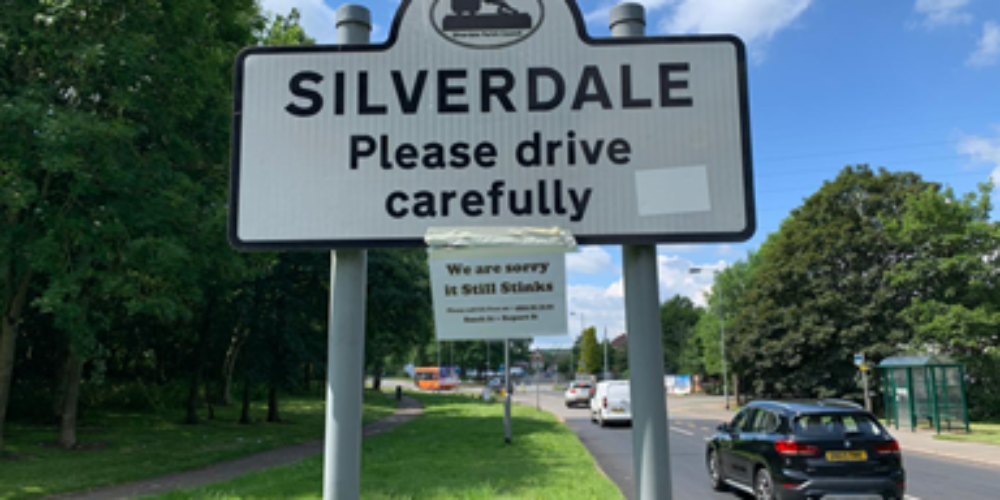
R (Mathew Richards) v the Environment Agency (Walleys Quarry Limited, Interested Party) [2021] EWHC 2501 (Admin)
This recent case has been widely reported in the national press. Our sympathies naturally align with five year old Matthew Richards who lived with his parents close to the landfill site at Silverdale Staffordshire.
Back in the 1920s the site was a brick and tile works with the consequent extraction of clay, which, over time, resulted in the creation of the quarry. In the late 1990s the clay extraction ceased and in 2007, along with so many of the UK’s former clay quarries, it became a landfill site for non-hazardous wastes. Since 2016 the landfill has been operated by Walleys Quarry Limited and it is regulated by the Environment Agency. In recent years the quarry has been emitting hydrogen sulphide, with its distinctive aroma of rotten eggs.
Many of the residents at the nearby Silverdale housing estate suffered as a result of being in close proximity to the landfill with its consequent bad odours. There were numerous complaints of headaches, asthma attacks, sore throats and itchy eyes. And the court heard evidence that many of the local children suffered especially from the gas with headaches, feeling nauseous and nose bleeds. As was noted in the judgment the local community were living in unbearable conditions. But whilst this was deeply unpleasant and concerning for the residents, for one 5 year old boy, Matthew Richards, it was far more serious. For him the levels of hydrogen sulphide caused him to cough through the night and in the morning. The gas was stopping his lungs from properly developing and would cause him to develop Chronic Obstructive Pulmonary Disease which would significantly shorten his adult life.
This case was one of judicial review taken against the Environment Agency for failing in its duty towards Matthew, as a public body under Article2 (respect for human life) and Article 8 (respect for private and family life) of the European Convention on Human Rights (ECHR).
The case that came before the judge, as well as being highly emotive, presented many technical difficulties not least because the science was complex and the two expert witnesses took two ‘polar opposite’ views.
The expert witness for the Environment Agency expressed the view that there were set objective standards for hydrogen sulphide levels and provided the exposure to the gas was below that ‘reliable safety level’ there could be no harm caused to any human. The expert witness for Matthew said that, especially for children, there was no exposure level for hydrogen sulphide that could be regarded as safe and that the supposedly safe levels in the standards were based on flawed data.
Thankfully for the judge, Mr Justice Fordham, two weeks before the hearing began on 18 August 2021, Public Health England produced a report on the emissions from the landfill site. The judge described this report as ‘a beacon in this case’ because it was ‘clear and transparent…. a coherent, reasoned analysis. It makes clear, assessed choices as to relevant health-based guidance values.’
That report made some clear recommendations in particular that:
PHE strongly recommends that all measures are taken to reduce the off-site odours from the landfill site …AND …PHE strongly recommends that all measures are taken to reduce the off-site odours from the landfill site, as early as possible.
It was largely on that basis that the judge found that Matthew’s rights under Articles 2 and 8 of the ECHR had been infringed and the regulator had not exercised its powers to protect him as it should have done. With the judgement now made, the Environment Agency will have to ensure that urgent steps are now taken by the operator to reduce the gas emissions and it is to be hoped that the residents and Matthew will soon be able to lead normal lives.
Whilst this has been a good outcome for the rights of Matthew and justice, it does also highlight the widespread effects that living near to a landfill site (both current and former) can have on a community and particularly to those who are more vulnerable. Landfill gases can travel some distances and can seriously affect the lives of those living in proximity to such sites.
